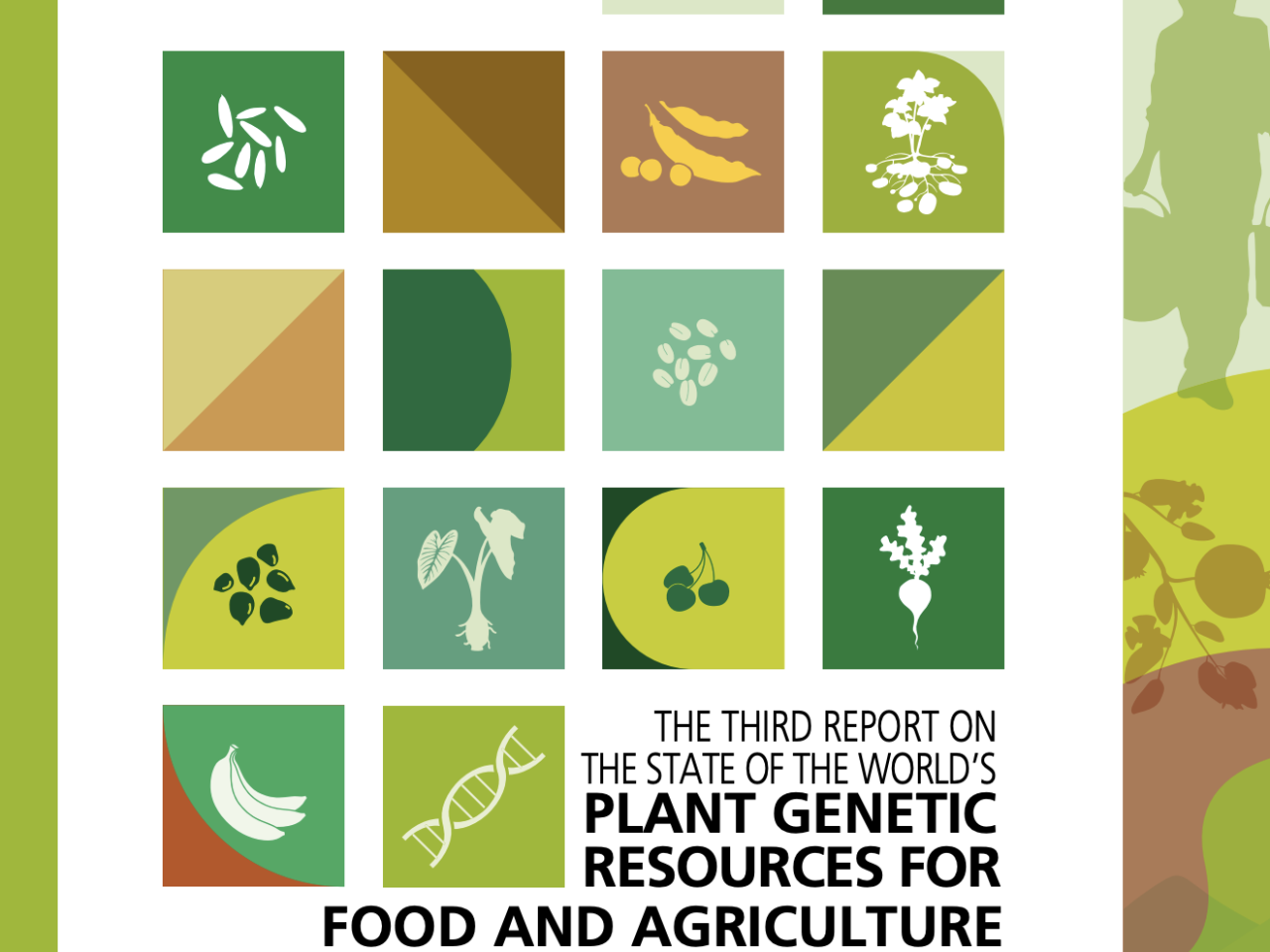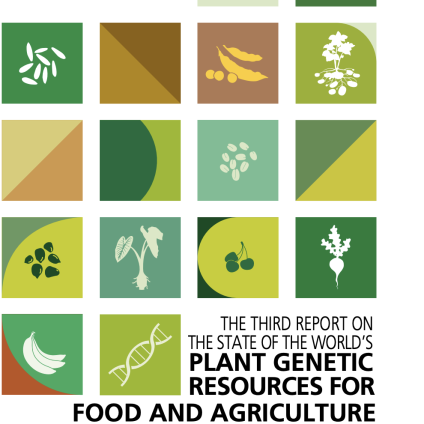Plant genetic resources are a heritage we must preserve at all costs. They are essential to face the growing threats to global food security: population growth, climate change, land degradation, and conflict

A heritage for food security
The term plant genetic resources for food and agriculture (PGRFA) refers to plant-derived genetic material that holds actual or potential value for food and farming. This makes it essential to ensuring global food security.
Why plant genetic resources are crucial
PGRFA are a heritage we must safeguard at all costs. They are the key to maintaining crop diversity for future generations, providing the traits needed to strengthen plants’ resilience and adaptability to pests, diseases, drought, and climate change.
In essence, plant genetic resources help us address the major threats to food security that are becoming increasingly common around the world.
Their value will only grow in the coming decades, as the planet faces deepening challenges: rising population, accelerating climate shifts, land degradation, and ongoing conflict.
Local crop varieties are at risk
Efforts such as protected areas, sustainable land management, and cooperation with Indigenous peoples, farmers, and local communities are part of what’s known as in situ conservation. This approach plays a key role in supporting resilient and sustainable food systems.
Yet local crop varieties are disappearing. According to the Third Report on the State of the World’s Plant Genetic Resources for Food and Agriculture (2025), 42% of the taxa (that is, groups of organisms classified based on shared characteristics) examined – including many wild edible species – have vanished from at least one area where they were traditionally found.
Small-scale farmers are especially affected by the erosion of plant genetic resources, as they rely on traditional farming systems to grow local crop varieties now at risk of disappearing under the pressure of monoculture.
Market forces and rural depopulation further increase their vulnerability, compounded by increasingly frequent and extreme weather events, pests, and plant diseases.
Preserving plant genetics beyond their natural habitat
Ex situ conservation refers to the storage of plant genetic resources outside their natural environment in controlled settings like gene banks and botanical gardens.
National gene banks safeguard roughly 84% of the world’s stored plant genetic material, while international centers hold 15%, and regional centers 1%.
Since 2009, global germplasm collections have increased by 8%. Today, 72% of all stored germplasm consists of food crops: cereals, legumes, vegetables, fruits, oilseeds, roots and tubers, herbs, spices, pseudocereals, sugar crops, and nuts.
In 2022, 41% of this material was duplicated to enhance security.
Globally, there are over 3,000 botanical gardens, around 350 of which manage seed banks.
But the sustainable use and conservation of plant genetic resources go far beyond storing seeds. They require dedicated public policies, legal frameworks, infrastructure, training programs, coordinated networks, and constant monitoring.
In short, they demand an inclusive system where all stakeholders are actively involved.












